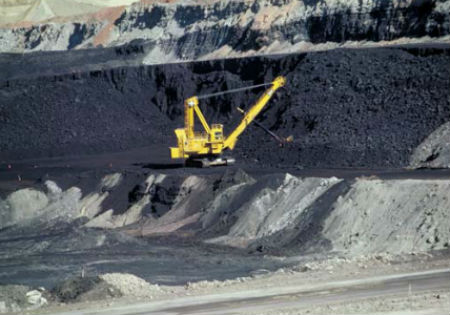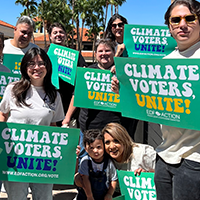By Nicholas Bianco, Director of Regulatory Analysis and Strategic Partnerships, EDF.
This post originally appeared on EDF’s Climate 411 blog.
By now you have all heard the coal industry claims that the Clean Power Plan will kill the coal industry. This week federal judges hearing oral argument on the rule will no doubt hear the same. A new report by Sue Tierney of the Analysis Group clearly demonstrates just how misleading these claims are.
Dr. Tierney’s analysis examines changes in the industry since the 1970’s to unpack the factors that led to coal’s rise through 2000 and steady decline since. It shows how shifting economics for energy production have caused cost-effective lower-emitting natural gas generation and zero-emitting renewables to steadily out-compete coal and erode its market share. The analysis also shows how the industry made a large number of badly misplaced bets that have left them with over-burdened balance sheets, and facing bankruptcy as a result of these self-inflicted wounds.
Citing analyses by the Energy Information Administration and others, the analysis shows the irreversibility of these trends as coal is simply no longer the cheapest form of generation. These trends will also continue to drive a transition to cleaner lower-carbon fuels regardless of the fate of the Clean Power Plan. The clear implication is that industry should focus on preparing for the future and adapting to these new market conditions as opposed to fighting long-delayed protections that will help secure a more stable climate, a sustainable economy and vital public health benefits.
The analysis also examines the significant job losses seen since 1980, and finds that here too the blame has been misplaced. Data clearly show that decades ago, increasing productivity and a shift from eastern to western coal led to significant job losses even while the industry’s overall production was in a period of dramatic growth. Remarkably, coal mining jobs fell by one-half from 1975 to 2000 even as coal production increased by more than 60 percent.
These market shifts have affected local mining communities. But as the analysis makes clear, these trends have been decades in the making and are driven by profound changes in the energy markets and the way in which coal is produced. Much as the coal industry and its allies like to divert attention from these fundamentals, rolling back life-saving measures to protect our climate and public health from power plant pollution won’t bring back past levels of coal mining jobs or production. However, there is ample room for coal mining companies to support these communities in transition by engaging constructively in the debate on how to move forward in light of these market fundamentals, and how best to harness unique local opportunities. These companies owe it to their workers and communities to do so.
The Clean Power Plan is essential for ensuring vital reductions in climate pollution from the power sector, America’s largest contributor of these emissions. It is expected to deliver $54 billion in annual climate and health benefits while saving up to 3,600 lives each year. It is possible that these benefits could also result in some incremental reductions in coal consumption, depending on how states themselves choose to design their strategies to cut pollution. However, most analyses find that these declines would be only a fraction of those driven by market forces over the past decade.
Therefore, instead of distracting investors and local communities through unfounded attacks on EPA and the Clean Power Plan, coal companies should be honest about what is really driving the erosion of their market share and of their balance sheets. They should come clean about the fact that lower carbon generation is simply beating them in the marketplace and that they made a bunch of bad bets when times were good. So doing would help everyone engage in a more serious and honest discussion about how to move these communities forward and transition into a position of success in the modern energy economy.
There is no time to waste – let’s start working together to forge such solutions for these communities.
About the analysis: This independent report was commissioned by Environmental Defense Fund but solely authored by Susan Tierney. Dr. Sue Tierney is a Senior Advisor at the Analysis Group, specializing on electric and gas economics and policy. She formerly served as the assistant secretary for policy at the U.S. Department of Energy, state cabinet officer for environmental affairs, and state public utility commissioner.




